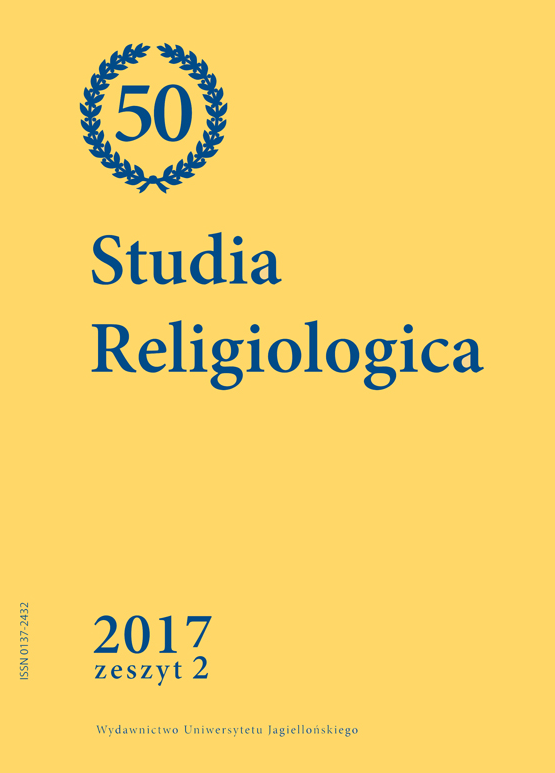The Buddha as I: Selfhood and Identity in Śrīmālādevī-siṃhanāda-sūtra
The Buddha as I: Selfhood and Identity in Śrīmālādevī-siṃhanāda-sūtra
Author(s): Jarosław ZapartSubject(s): Non-European Philosophy, Theology and Religion, Indian Philosophy
Published by: Wydawnictwo Uniwersytetu Jagiellońskiego
Keywords: Buddhism; Mahāyāna; self; buddha nature; ātman; tathāgatagarbha; Mahāparinirvāṇamahāsūtra; Śrīmālādevī-sūtra;
Summary/Abstract: This article undertakes the issue of the Mahāyāna Buddhist concept of tathāgatagarbha, seen as a form of selfhood. Its task lies in outlining the methods employed to disclose tathāgatagarbha as a “true” and “original” – but also utterly Buddhist – form of self. In the first part of the article I demonstrate the stance of sūtras from the Mahāparinirvāṇa-mahāsūtra group, in which tathāgatagarbha is bluntly termed ātman, and which posit that all ideas of selfhood are derivatives of the notion of tathāgatagarbha. In the second part, where the Śrīmālādevī-sūtra is taken under consideration, I introduce an interpretative strategy that shows how this scripture establishes tathāgatagarbha as an enduring self. This is done mainly by assigning the tathāgatagarbha a function of sustaining the diachronic coherence of sentient beings in saṃsāra. Consequently, tathāgatagarbha can be viewed as a “prototype” for the idea of “base consciousness” (ālayavijñāna). The final part of the article is built around the question of why Śrīmālādevī-sūtra warns against ascribing the label ātman to tathāgatagarbha.
Journal: Studia Religiologica. Zeszyty Naukowe Uniwersytetu Jagiellońskiego
- Issue Year: 50/2017
- Issue No: 2
- Page Range: 145-161
- Page Count: 17
- Language: English

